Tropicality, revisited: a new exhibition exploring modern Indonesian architecture
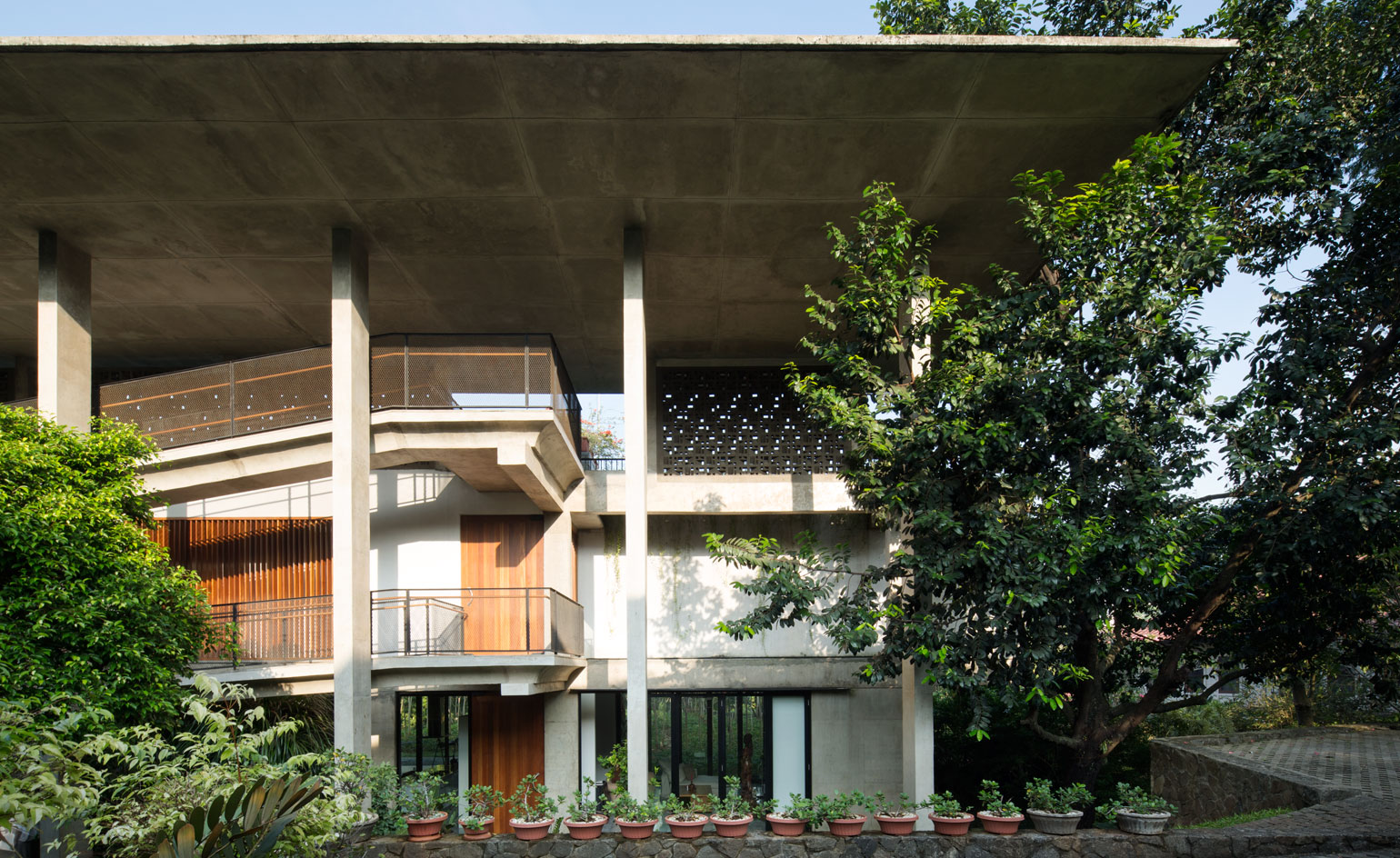
While Indonesia is a fast emerging global economy, one of the most populated countries on earth and a source of rich traditional design and building heritage, its contemporary architecture still remains unchartered territory for many. A new exhibition at the German Museum of Architecture (DAM) in Frankfurt is set to bring modern Indonesian architecture to the forefront of the design world.
In collaboration with Peter Cachola Schmal, DAM's director, 'Tropicality Revisited', which opens on 29 August as part of the 2015 Frankfurt Book Fair, has been curated by Avianti Armand and Setiadi Sopandi, both strong voices in the world of Indonesian architecture.
The exhibition is split into two sections, 'Tropicality' and 'Case Studies'. The former examines the ideas, events and issues that have led us to our current understanding of tropical architecture. It follows seven different stages, exploring climatology, the history of tropical architecture and also its modern reinvention.
'Case Studies', takes 12 recent Indonesian projects by local architects and looks at how each design responds and reacts to its site. The projects and their locations are hugely varied and the audience is led from small, concrete or terracotta family homes in tiny villages, to a bamboo beachfront restaurant, an open-air cinema, a tourist-spot hotel and a mosque.
The architects featured include Achmad Tardiyana, Andra Matin, Djuhara + Djuhara, Mamostudio, Urbane Indonesia, Studio Tonton, LABO, Studio Akanoma, Eff Studio, Eko Prawoto Architecture Workshop, Csutoras & Liando and D-Associates. Ahmad Djuhara of Djuhara + Djuhara describes tropicality as 'the dialogue between nature, human body and building'.
Through a combination of drawings, photographs, models and a detailed catalogue, the spectator can begin to grasp – even from afar – an understanding of the new and imaginative approaches to tropical architecture these native architects are continually coming up with.
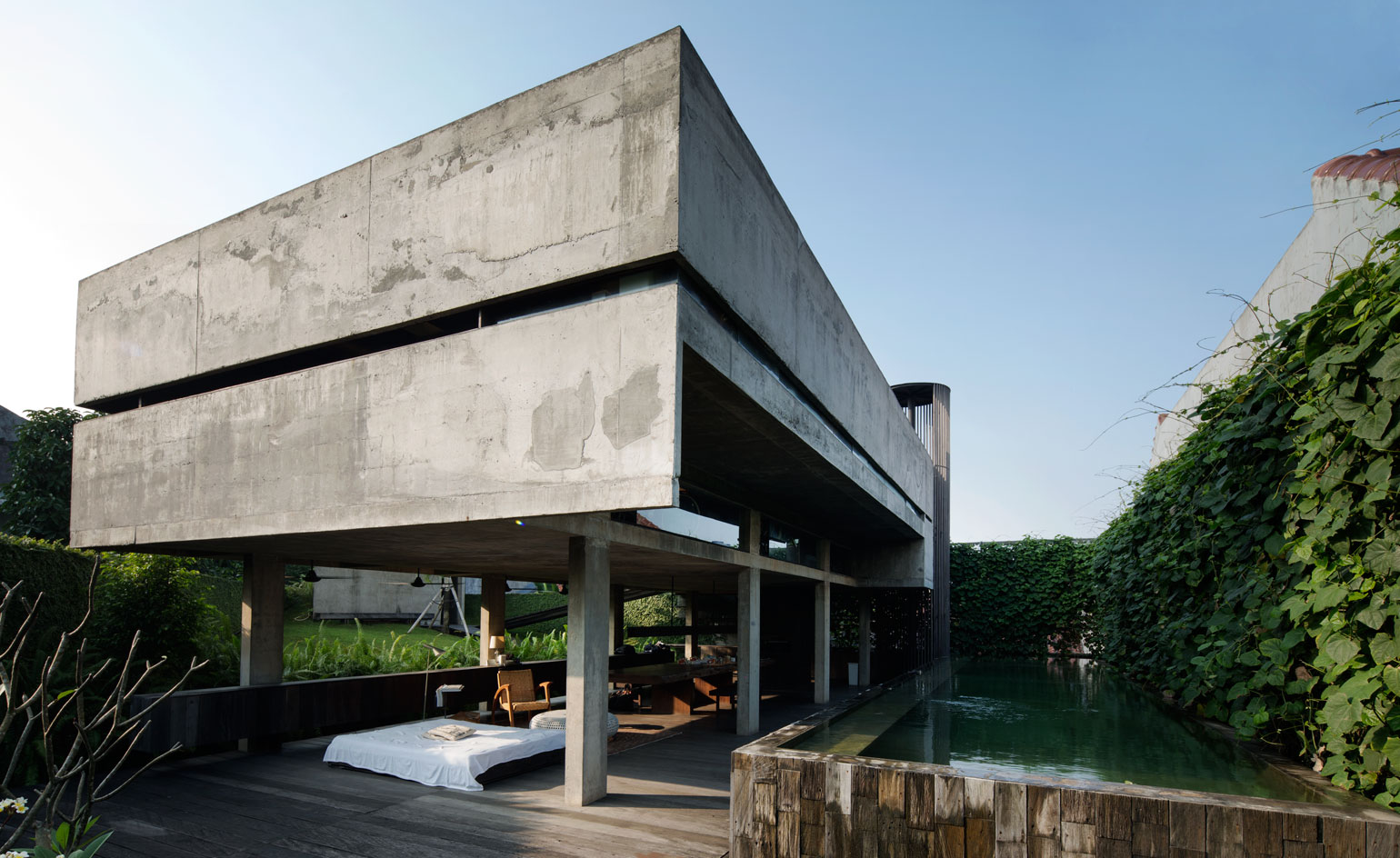
The Andra Matin House – created by the eponymous architect – combines concrete and timber. The ground floor deck provides a sheltered outdoor space for the living and dining area
This house and studio is the work of LABO architects. The wedge-shaped House #1 sits on concrete stilts to overcome the steep site. The roofing is a very thin sheet of translucent UPVC to let in natural light, while keeping heat out
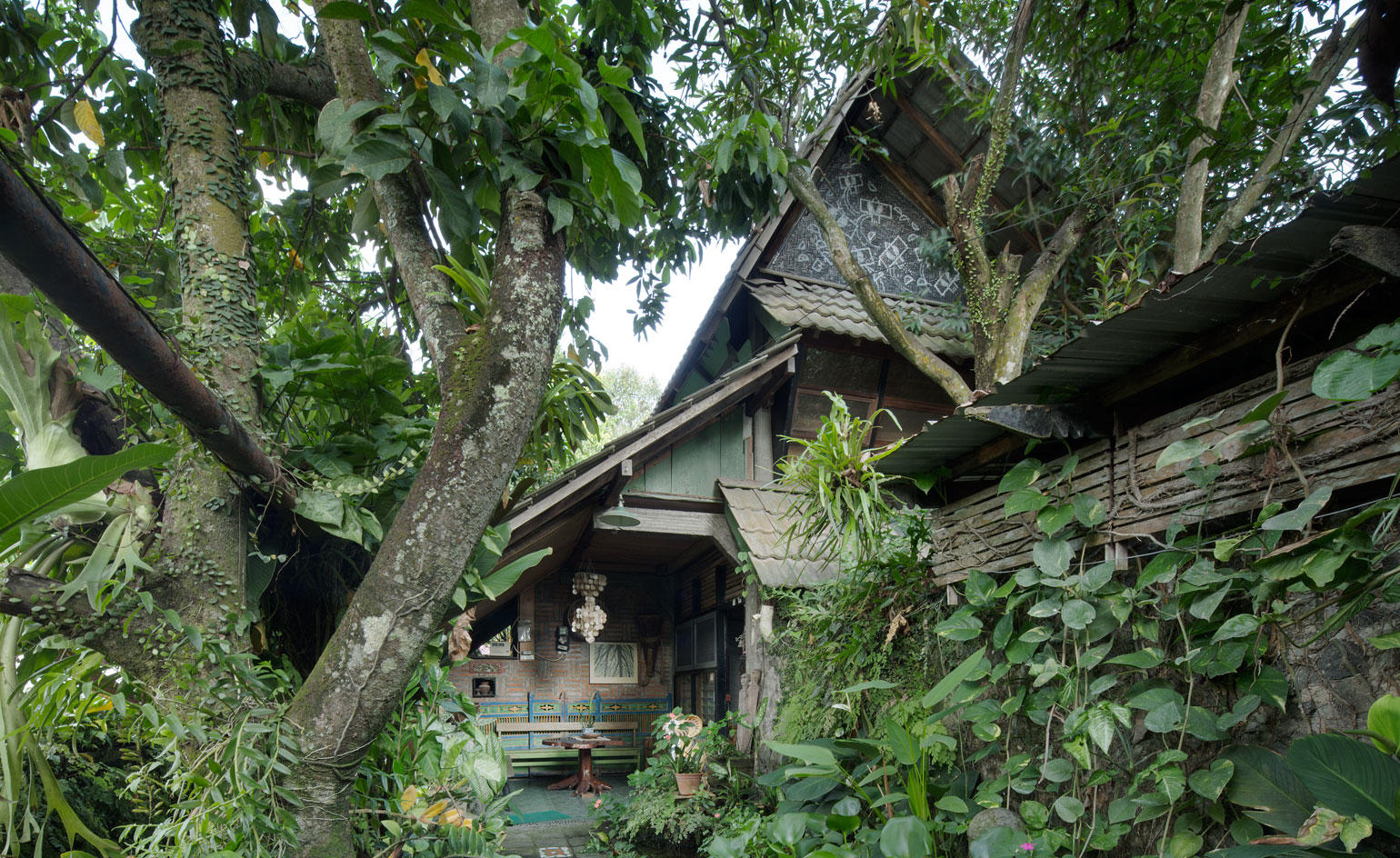
Eko Prawoto's house was built on an isolated street and has continued to expand to accommodate a growing family and studio. The house is modest, tucked away behind shrubbery and largely utilises materials recycled from older buildings
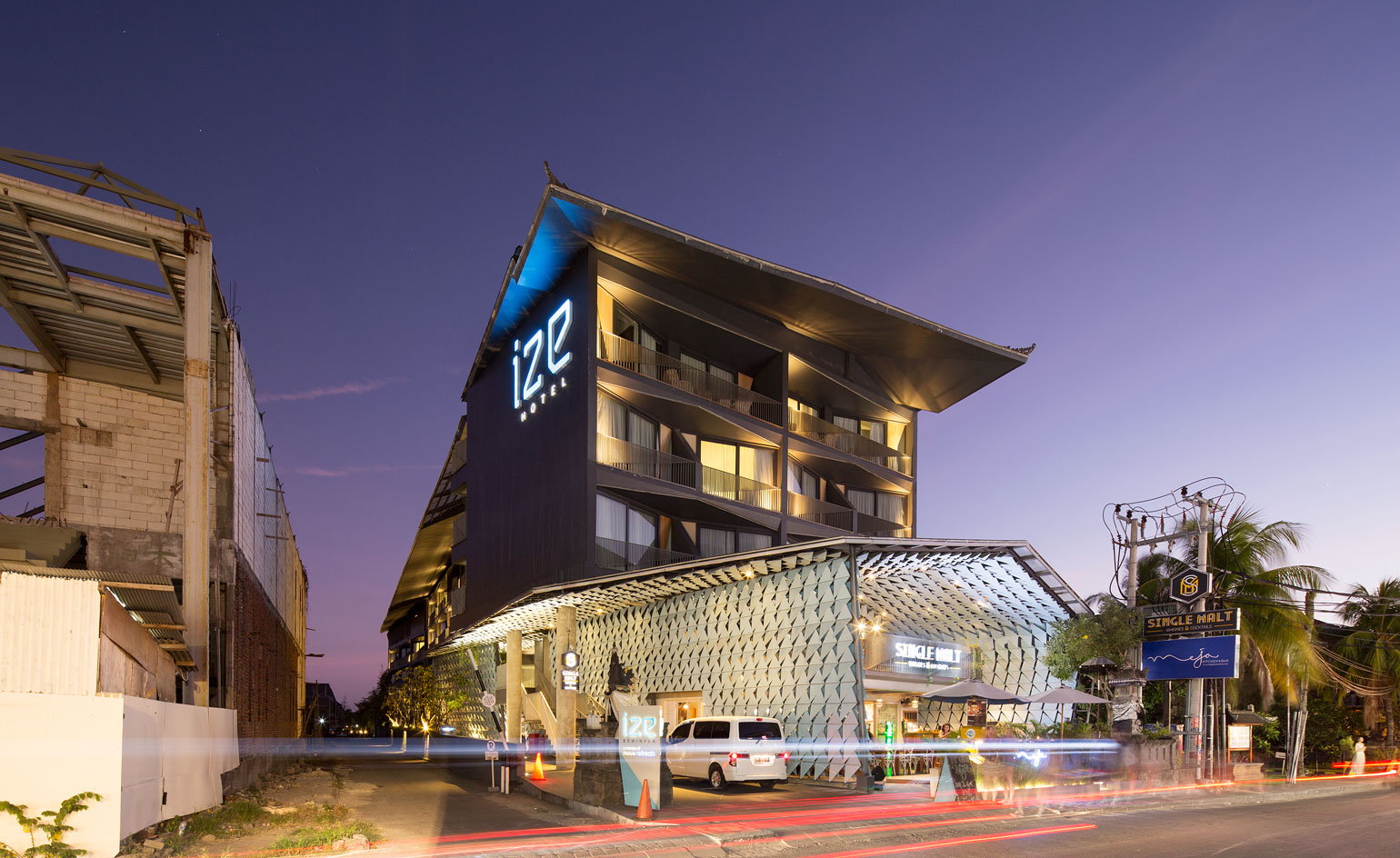
The Ize Hotel by Studio Tonton sits on a popular tourist spot in Bali. The distinctive facade is made up of thousands of parallelogram fins, which stretch outwards to provide shelter and shade to passers-by
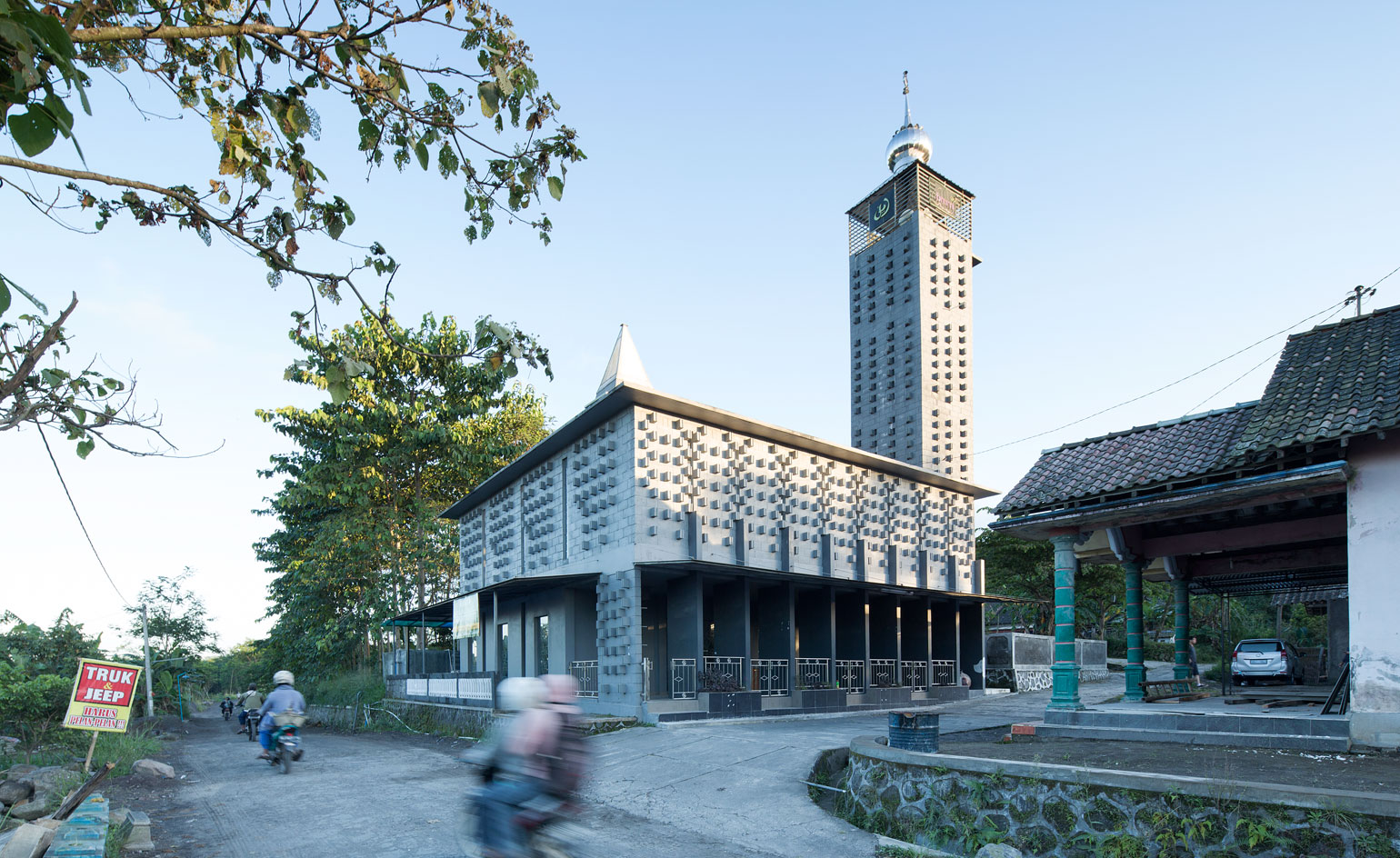
At the Baiturrahman Mosque by Urbane Indonesia, ornamentaion is kept simple, with a protruding brick pattern creating a tactile facade. The architects chose to forego the traditional dome, instead opting for stacked metal sheets to create a sloped roof that filters the light in
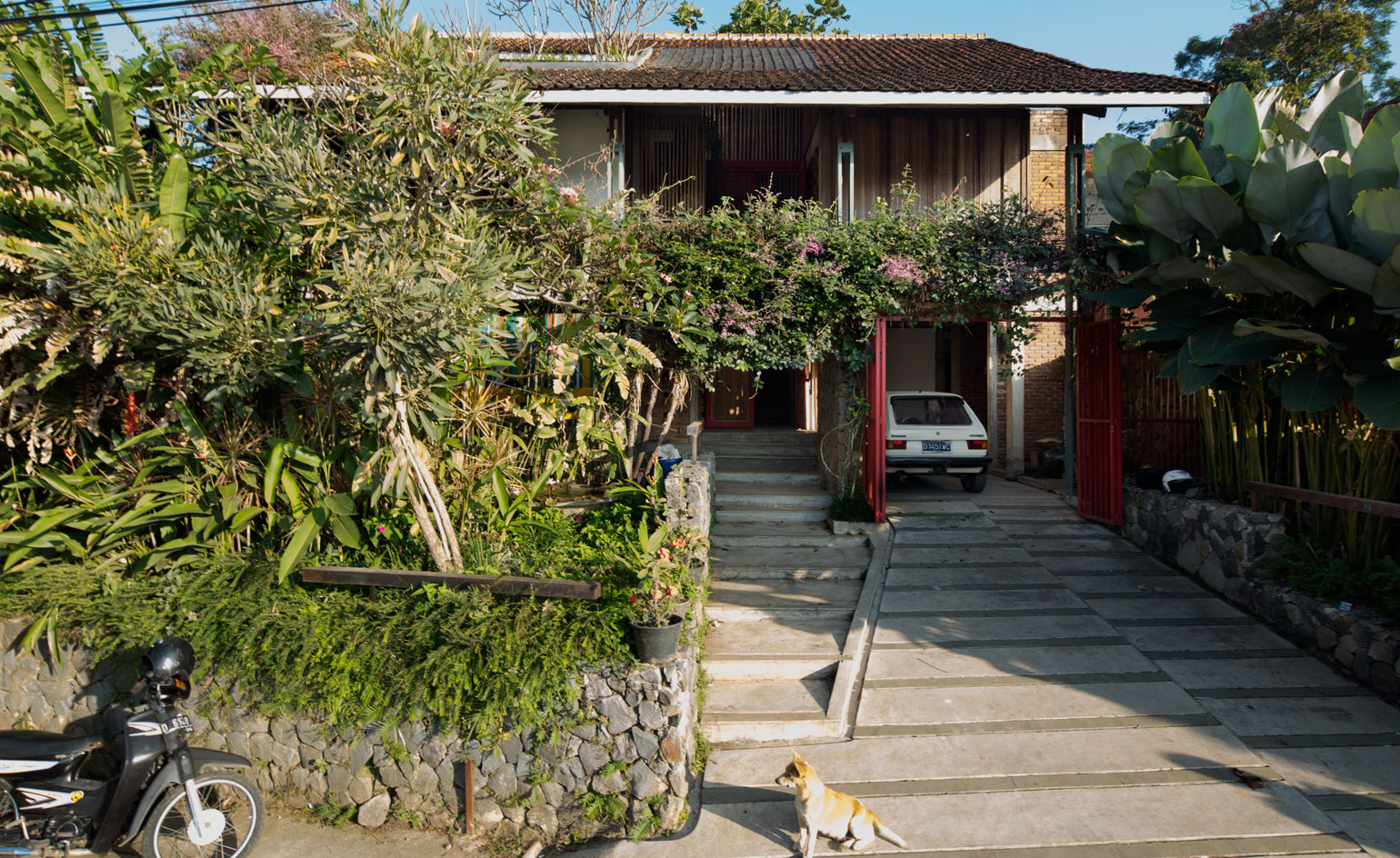
Rumah Baca is the home of architect Achmad Tardiyana. The architect's main goal was to create a house with limited social and environmental impact. The name Rumah Baca translates as 'reading house' and by designing a community library on the ground floor, Tardiyana has created a house to be enjoyed by the whole neighbourhood
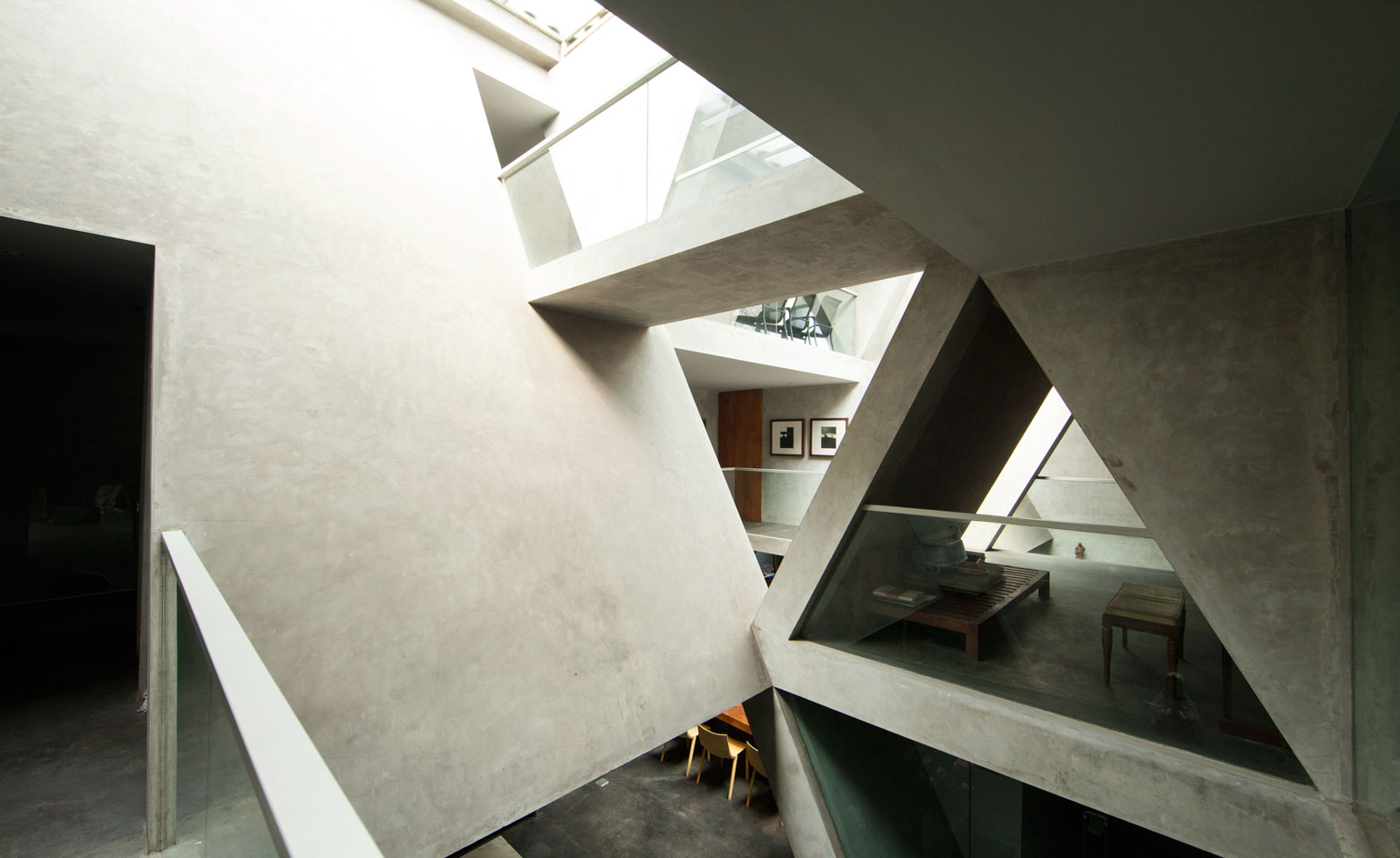
Studi-O Cahaya by Mamostudio is a house-cum-gallery, designed for two art-loving clients. The angular design of the house is the result of much mathematical planning by the architect to make the most of the sunlight and create dramatically, naturally lit spaces
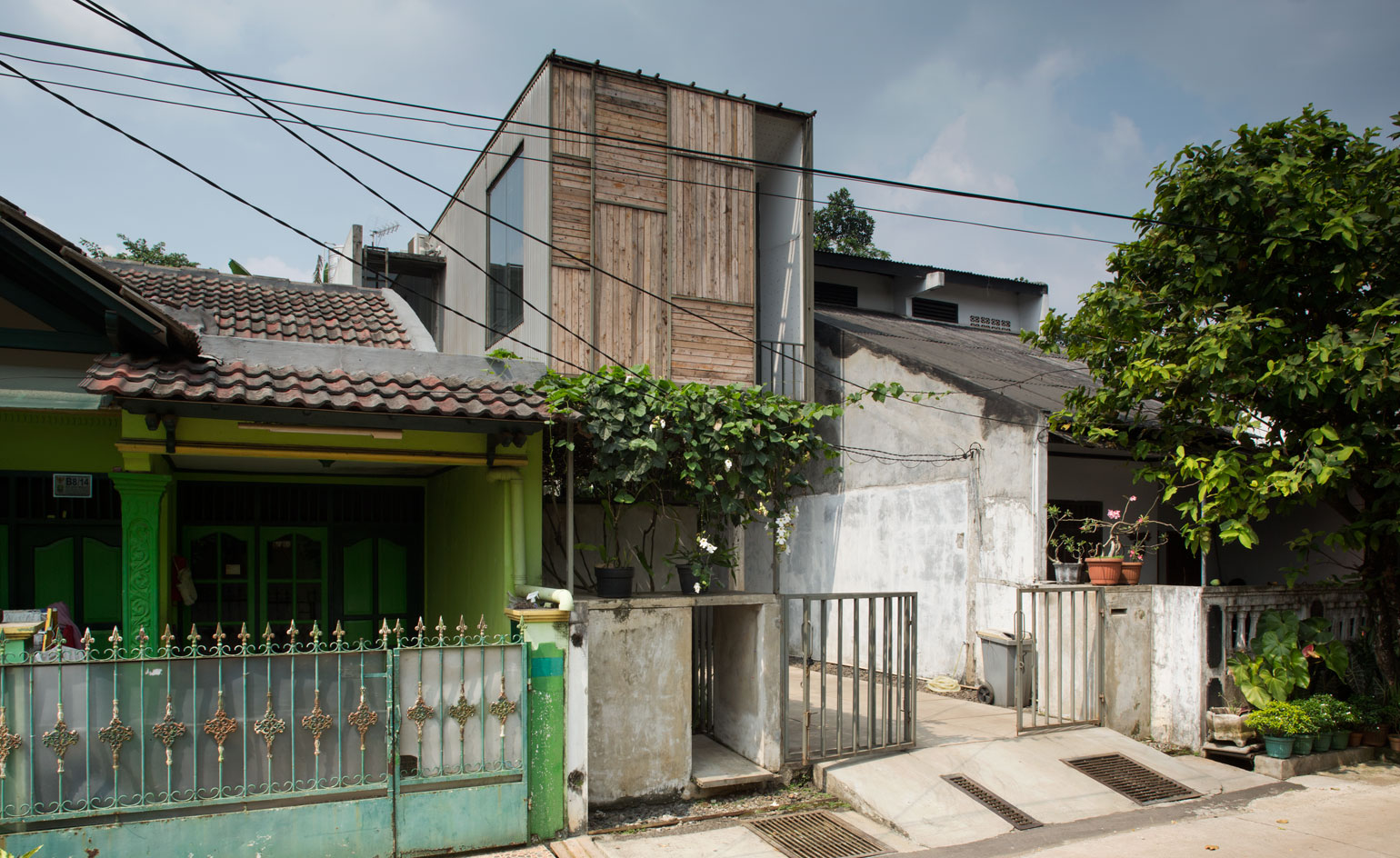
Studi-O Cahaya by Mamostudio is a house-cum-gallery, designed for two art-loving clients. The angular design of the house is the result of much mathematical planning by the architect to make the most of the sunlight and create dramatically, naturally lit spaces
ADDRESS
German Museum of Architecture (DAM)
Schaumainkai 43, 60596
Frankfurt am Main
Wallpaper* Newsletter
Receive our daily digest of inspiration, escapism and design stories from around the world direct to your inbox.
-
 All-In is the Paris-based label making full-force fashion for main character dressing
All-In is the Paris-based label making full-force fashion for main character dressingPart of our monthly Uprising series, Wallpaper* meets Benjamin Barron and Bror August Vestbø of All-In, the LVMH Prize-nominated label which bases its collections on a riotous cast of characters – real and imagined
By Orla Brennan
-
 Maserati joins forces with Giorgetti for a turbo-charged relationship
Maserati joins forces with Giorgetti for a turbo-charged relationshipAnnouncing their marriage during Milan Design Week, the brands unveiled a collection, a car and a long term commitment
By Hugo Macdonald
-
 Through an innovative new training program, Poltrona Frau aims to safeguard Italian craft
Through an innovative new training program, Poltrona Frau aims to safeguard Italian craftThe heritage furniture manufacturer is training a new generation of leather artisans
By Cristina Kiran Piotti
-
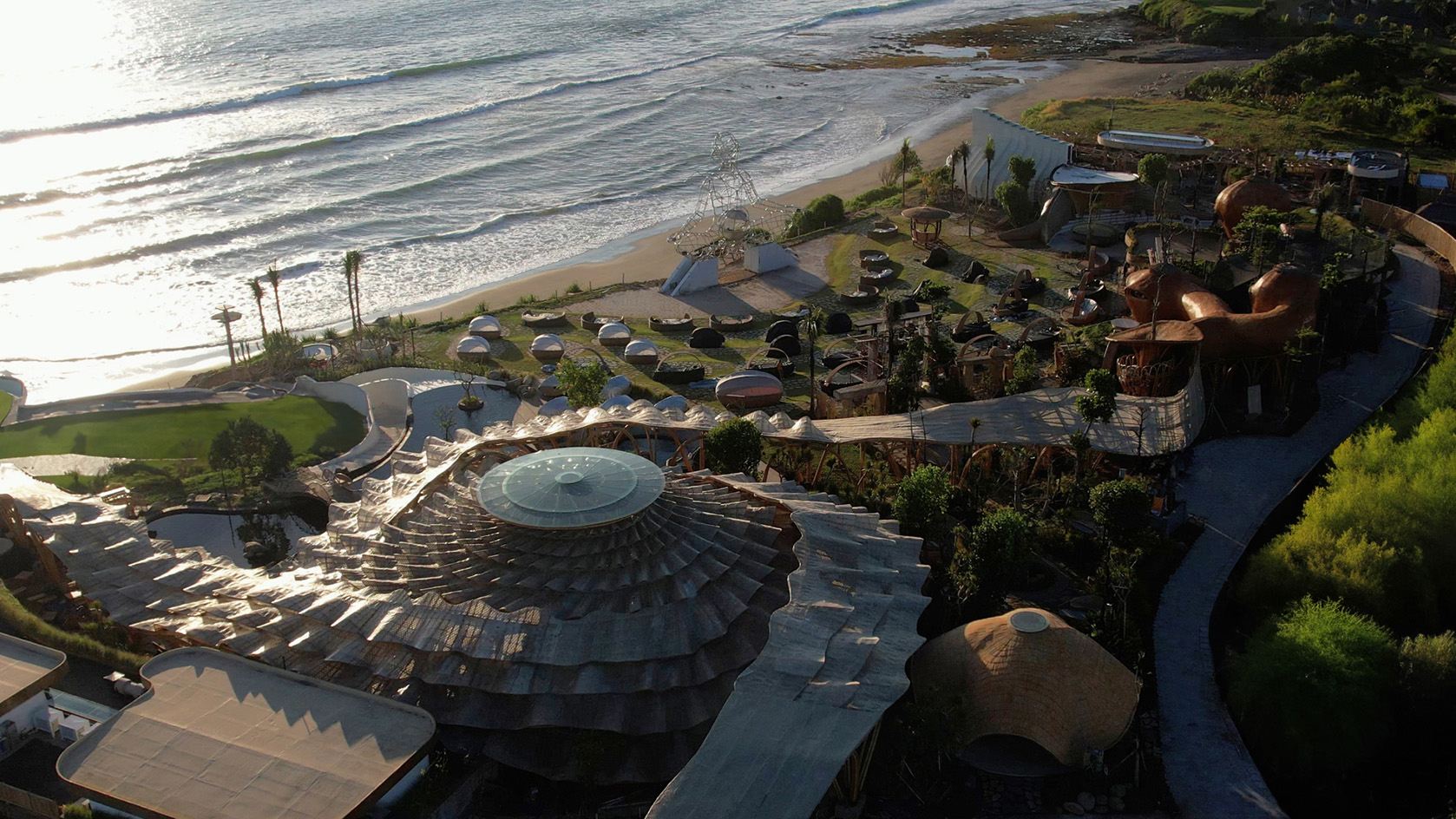 Tour Nuanu Creative City, a new Bali district informed by art, nature and technology
Tour Nuanu Creative City, a new Bali district informed by art, nature and technologyWelcome to Nuanu Creative City: Bali’s unprecedented 44-hectare creative development is taking shape
By Joanna Kawecki
-
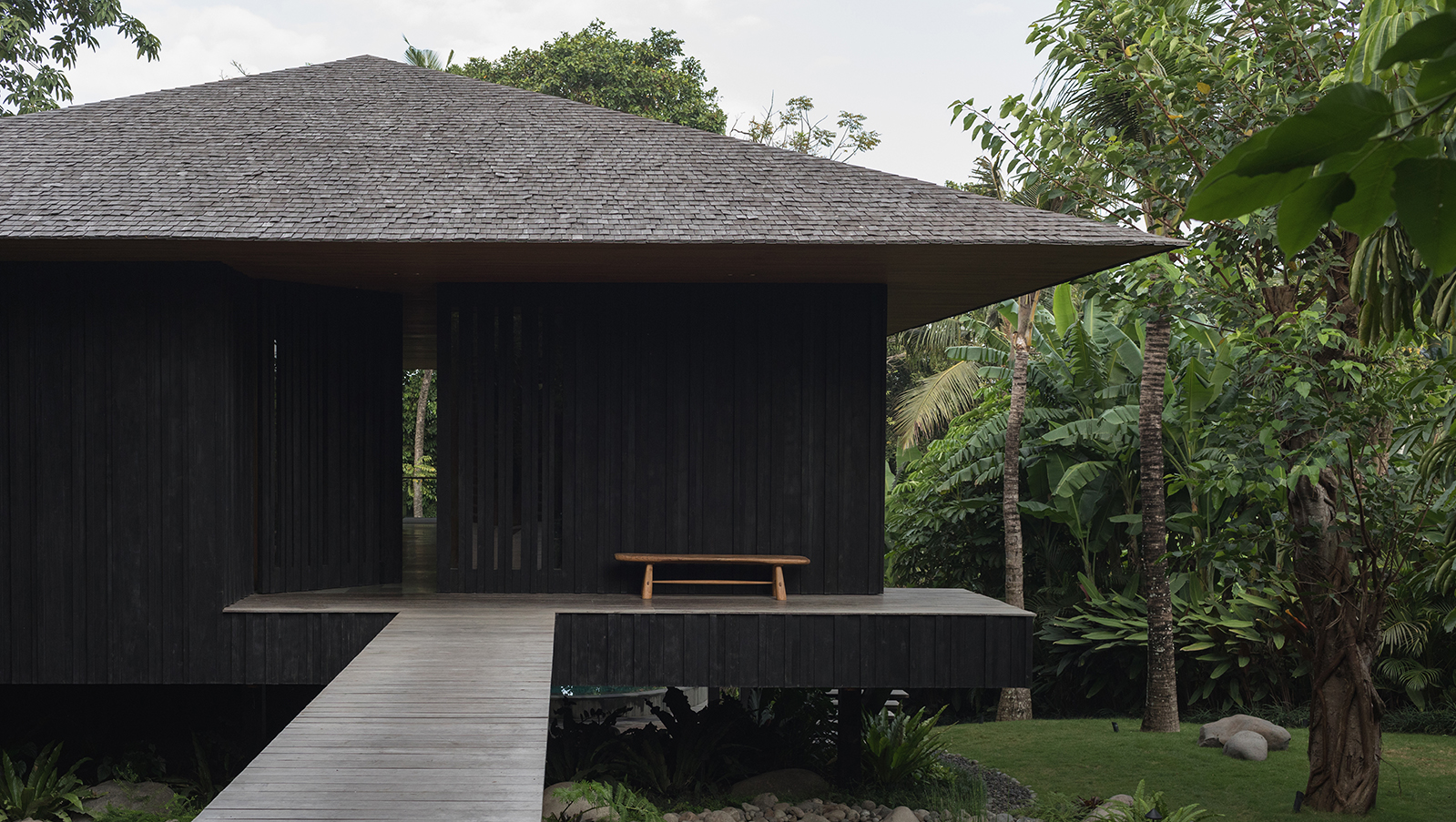 ‘I wanted to create a sanctuary’ – discover a nature-conscious take on Balinese architecture
‘I wanted to create a sanctuary’ – discover a nature-conscious take on Balinese architectureUmah Tsuki by Colvin Haven is an idyllic Balinese family home rooted in the island's crafts culture
By Natasha Levy
-
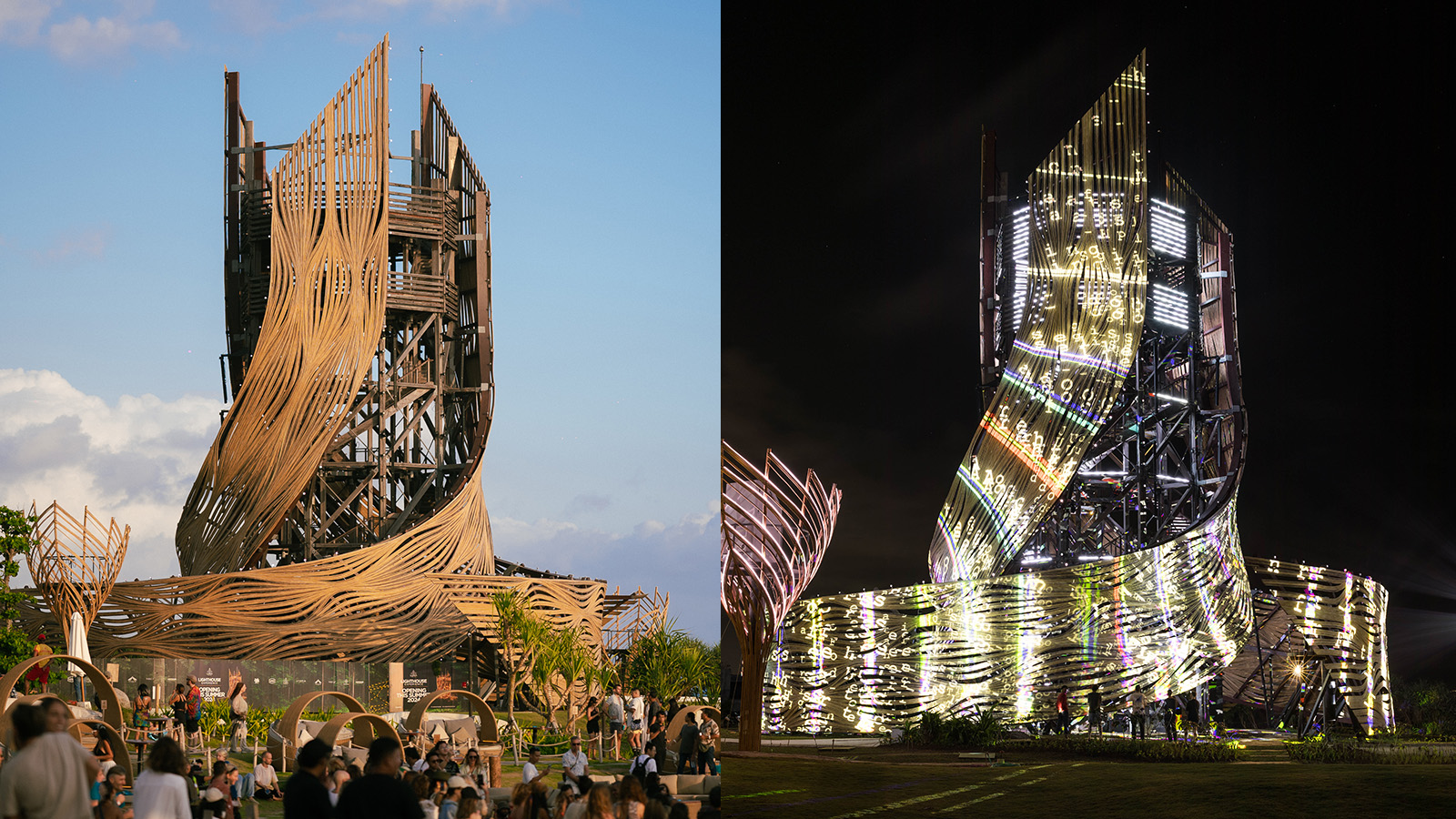 Bali welcomes Tri Hita Karana Tower, a hybrid sound and vision centrepiece
Bali welcomes Tri Hita Karana Tower, a hybrid sound and vision centrepieceTri Hita Karana Tower is launching at Bali's Nuanu City; designed by Arthur Mamou-Mani, it’s a new hybrid art-AI architectural landmark for the island
By Ellie Stathaki
-
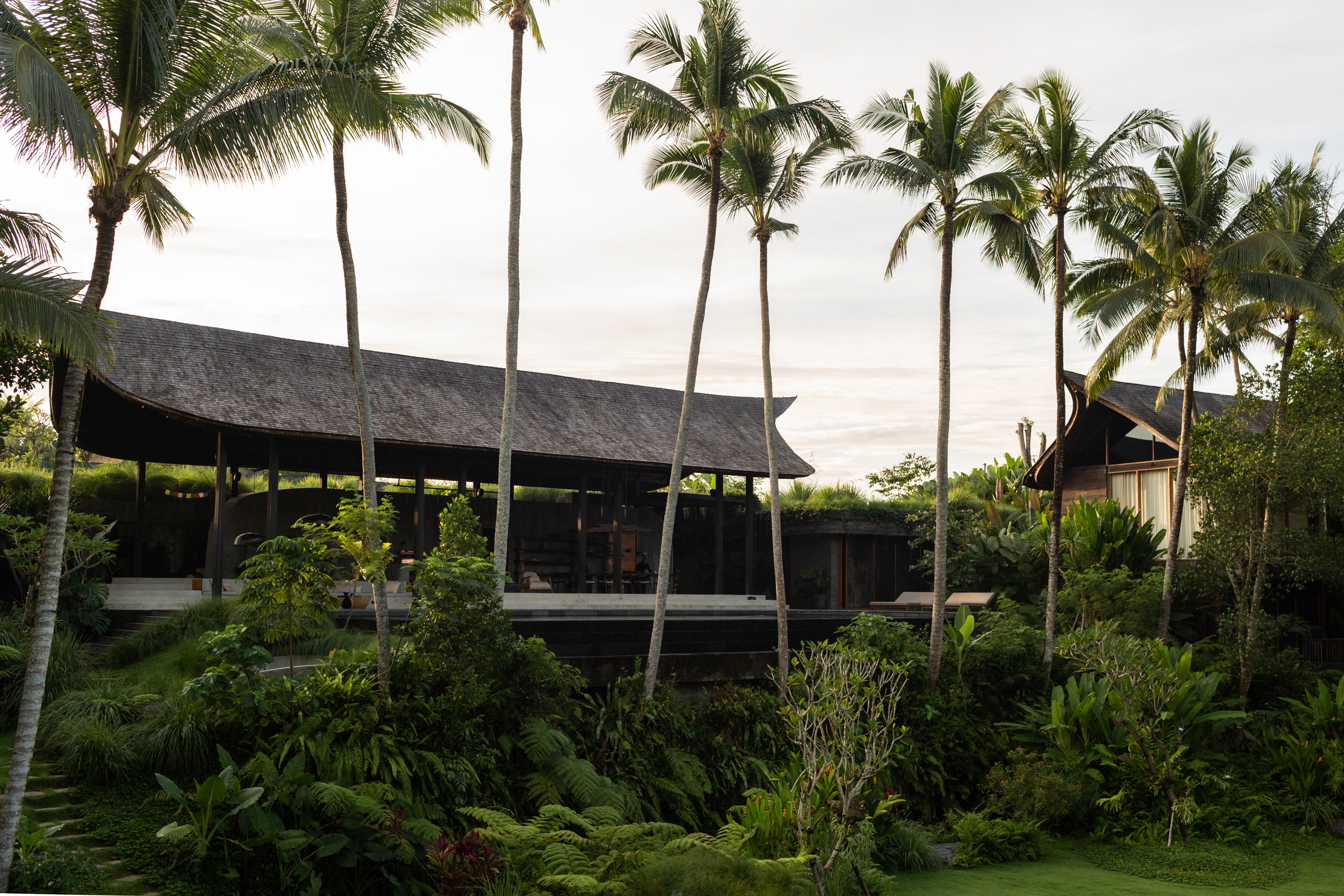 This Bali villa flies the flag for contemporary bamboo architecture
This Bali villa flies the flag for contemporary bamboo architectureA Bali villa fusing traditional craftsmanship with contemporary vision by design studio Ibuku and Earth Lines Architects demonstrates the versatility of bamboo
By Jens H Jensen
-
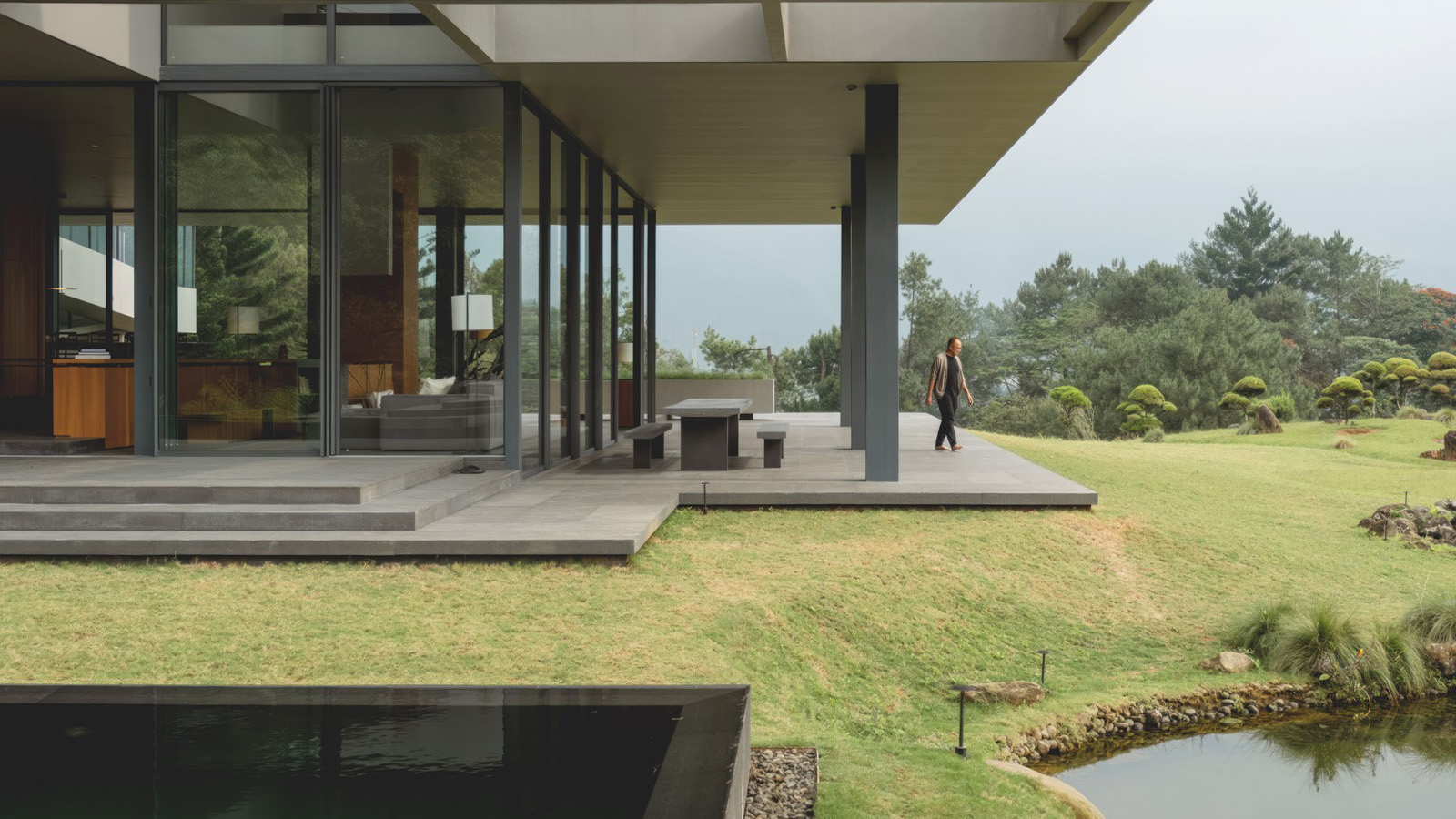 'Tropicality' explored in Indonesian architect Andra Matin’s first monograph
'Tropicality' explored in Indonesian architect Andra Matin’s first monograph'Tropicality' is a key theme in a new book on Indonesian architect Andra Matin, whose work blends landscape, architecture and living
By Harriet Thorpe
-
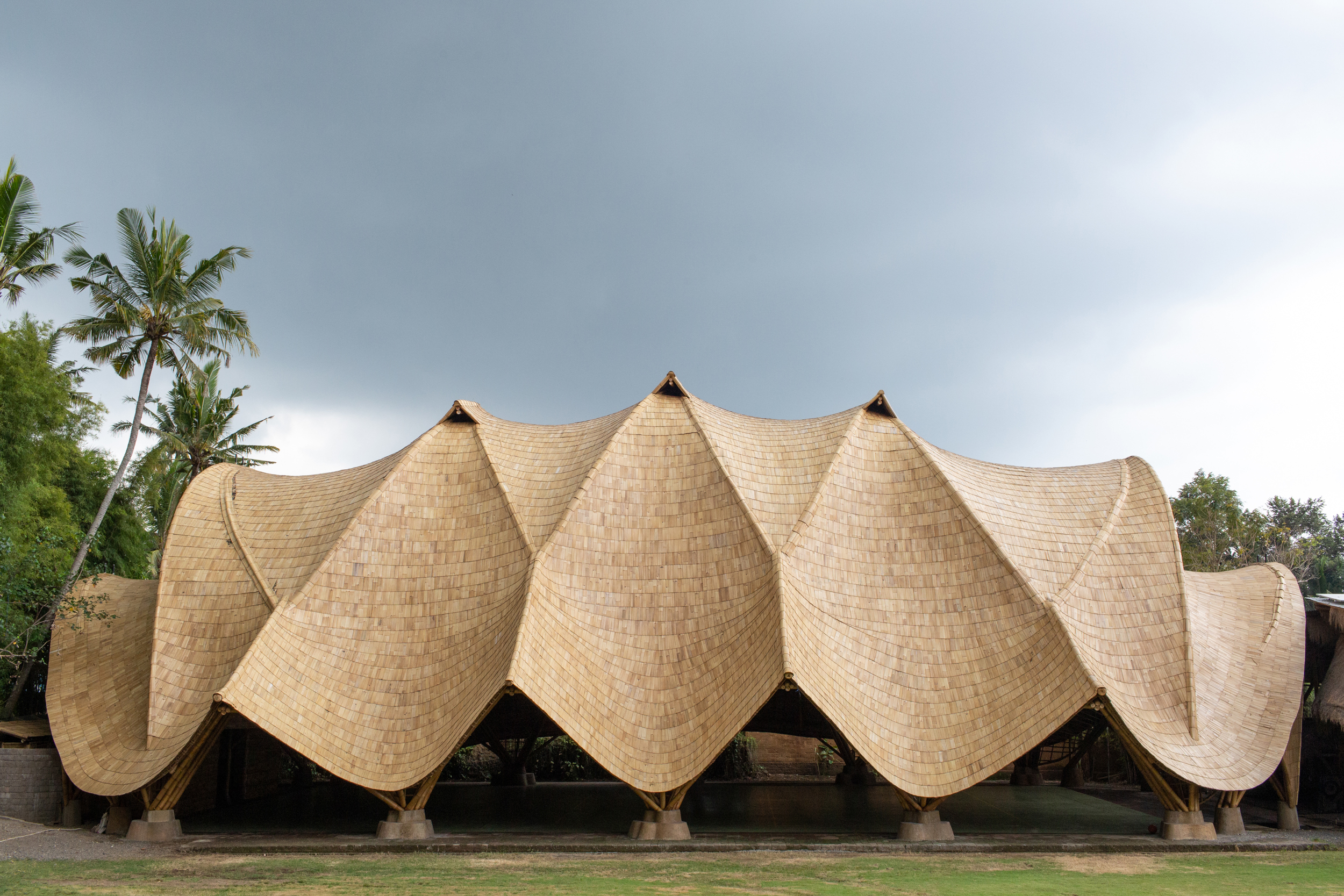 Building with bamboo: In Bali, designer, Elora Hardy, shares her tips and experience
Building with bamboo: In Bali, designer, Elora Hardy, shares her tips and experienceBamboo architecture can be powerful and sustainable; here, we talk to Ibuku's Elora Hardy, who shares her tips, thoughts and experience in working with the material in Bali
By Ellie Stathaki
-
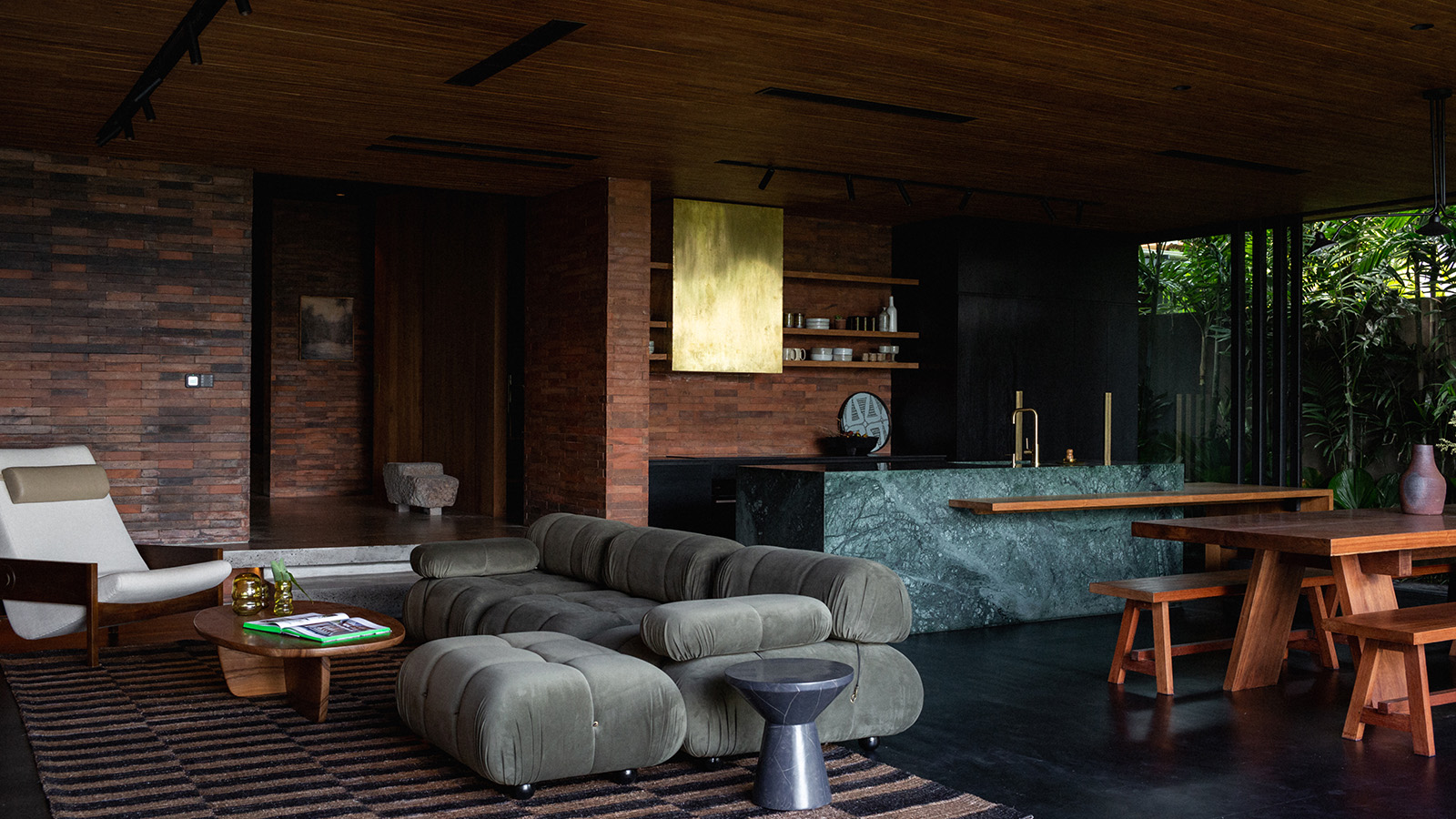 A Bali house balances the island’s rhythms, traditions and culture
A Bali house balances the island’s rhythms, traditions and cultureIn this Bali house, a highly collaborative, culture-led approach forms the foundations for a pitch-perfect holiday retreat, designed for a Scandinavian family
By Ellie Stathaki
-
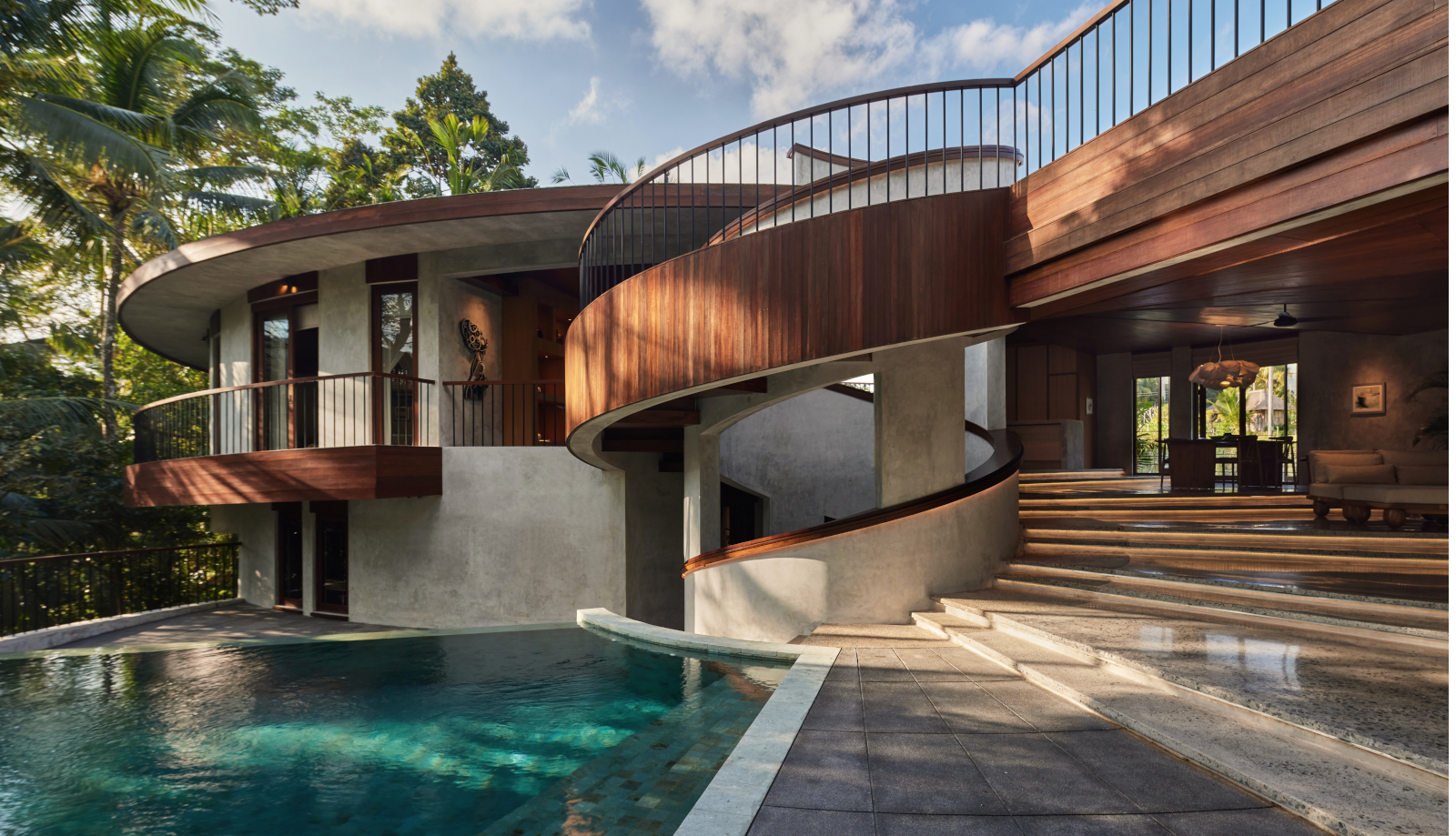 Sculptural spiral house The Loop redefines living in Bali’s jungle
Sculptural spiral house The Loop redefines living in Bali’s jungleInside The Loop at Alexis Dornier’s newest house in Bali, blending nature sculptural design
By Ellie Stathaki